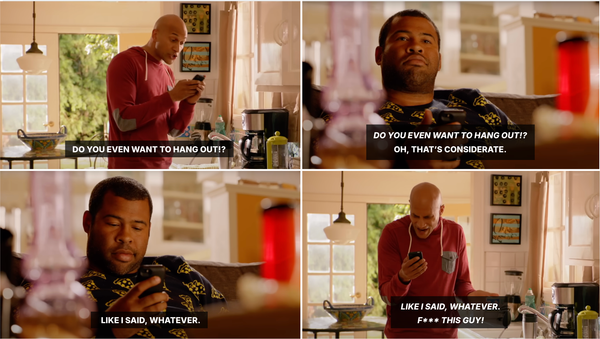The Productivity Paradox: Why Your Busiest Weeks Are Often Your Best
The secret isn't working more hours – it's creating the right constraints that make every hour count.

Have you ever had a week where you are very busy – back-to-back meetings, a full inbox of emails and Slack messages – but you end up being more productive than when you have a lighter to-do list?
You're not imagining it. There's a counterintuitive truth hiding in plain sight: constraints often breed clarity. When time is scarce, decisions become surgical. When your calendar is packed, you stop overthinking and start executing.
But here's the thing: most teams experience this productivity surge by accident, then wonder why they can't replicate it when things "calm down." The secret isn't hoping for natural busy periods; it’s engineering the right kind of productive pressure.
Parkinson's Law explains this phenomenon: work expands to fill the time available.
Give yourself a week to write a brief, and you'll take a week. Give yourself two hours, and you'll somehow get it done in 90 minutes – and it’ll probably be better.
Empty calendars create decision paralysis. Packed calendars force prioritization.
🚨Stop! It’s important for us to clarify – the goal isn't to be busy for busy's sake. 🚨
The goal is to engineer productive pressure instead of waiting for it to happen accidentally. Because, when you do this, every week becomes your most productive week. The secret isn't working more hours – it's creating the right constraints that make every hour count.
Think of the sweet spot of a ‘flow state’ – a balance of skills and challenges that walks the line between anxiety and boredom and unlocks deep focus.
Source: “The Art of Game Design,” Jesse Schell
Here are some tips to get closer to that elusive flow state:
Step 1: Audit
Look at last week's calendar.
What percentage of meetings didn’t have clear outcomes?
If you can't directly connect a meeting to a priority or KPI, kill it. Aim to eliminate 30% of recurring meetings and decline anything without a clear agenda, or try cutting every meeting in half and see what happens!
Block 2-3 hour chunks for focused work daily and treat them like unmovable client meetings.
Step 2: Ownership
Teams need ownership clarity and decision rights that come from strong Vision, Mission and Values, as well as a defined and repeatable operating model. You will not achieve flow state if you’re constantly tripping over each other, backtracking on decisions, or holding things back from each other.
Step 3: Deadlines
Add deadlines if your work doesn't naturally have them. "Research competitive landscape" becomes "Deliver competitive analysis by Thursday 2PM." Give every innovation project a firm deadline – breakthrough thinking happens under pressure, not in comfort.
Self-imposed deadlines only work if the work matters. If it feels like busywork, then you probably shouldn’t be doing it.
Aim for weekly rhythms with built-in constraints: Monday planning with firm Friday (or better yet, Thursday) delivery dates.
Remember: productive pressure requires discipline, but when you nail this framework, busy stops being something that happens to you and becomes something you engineer for maximum impact – and that's when the real magic happens.




